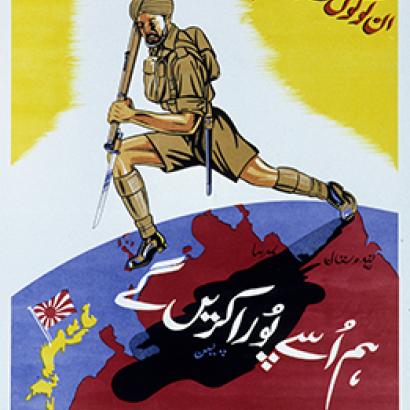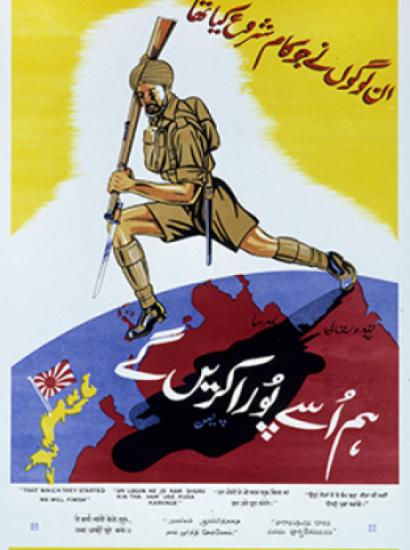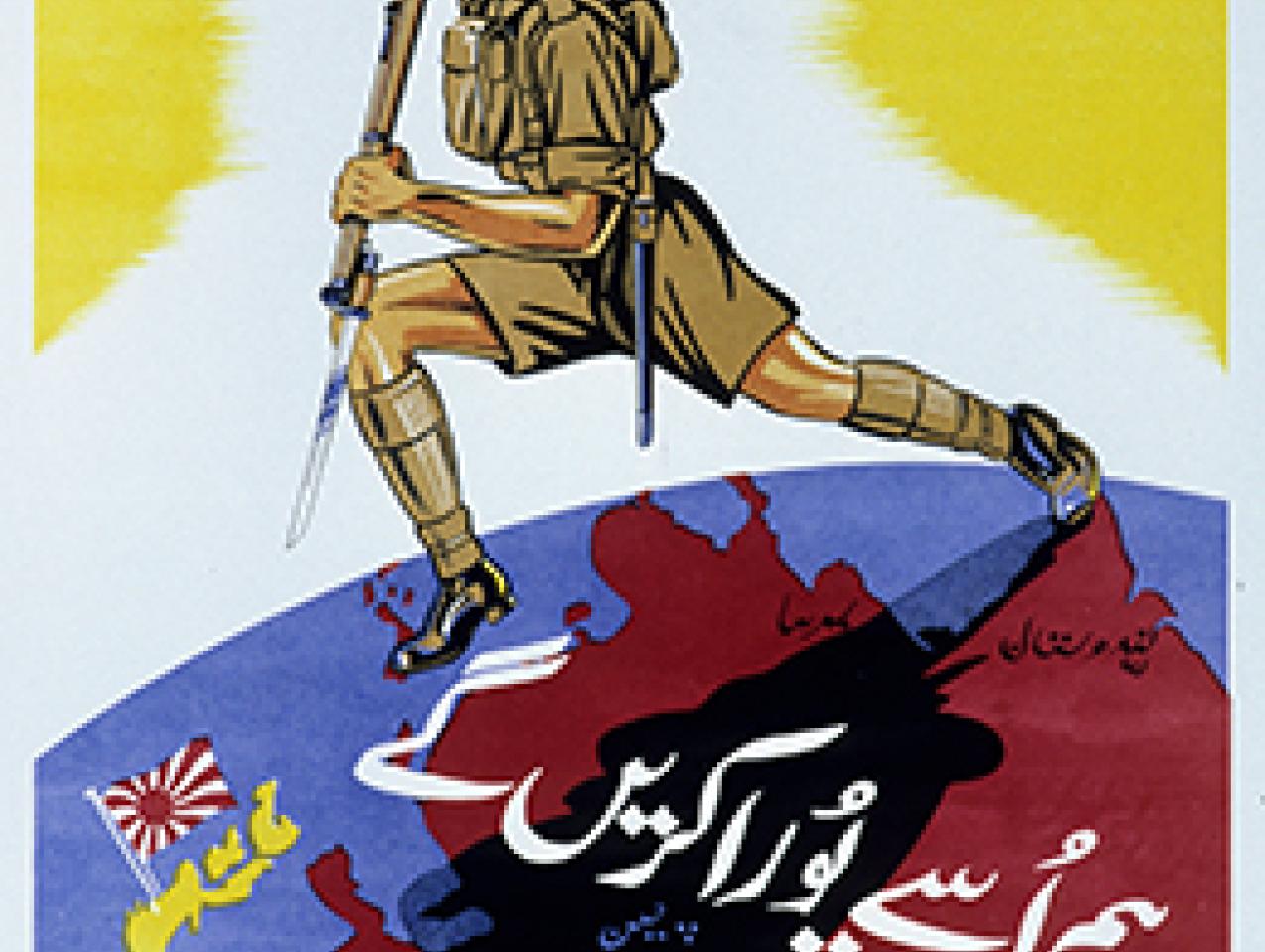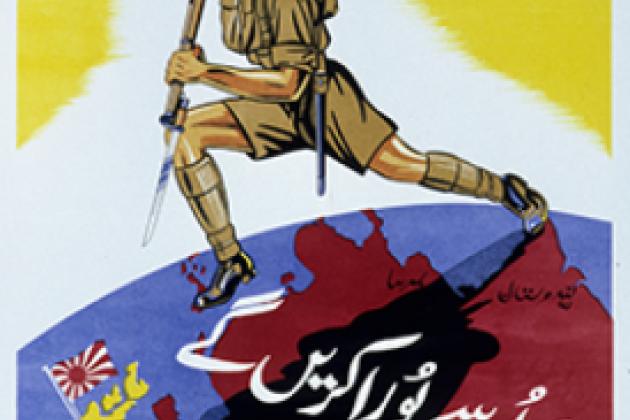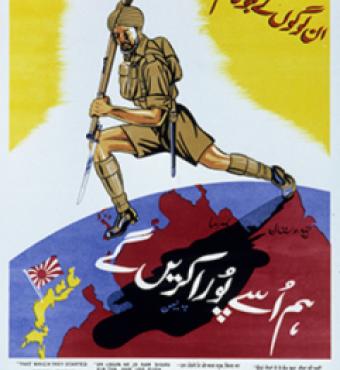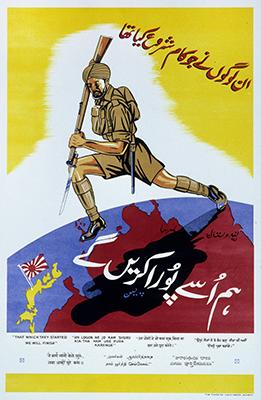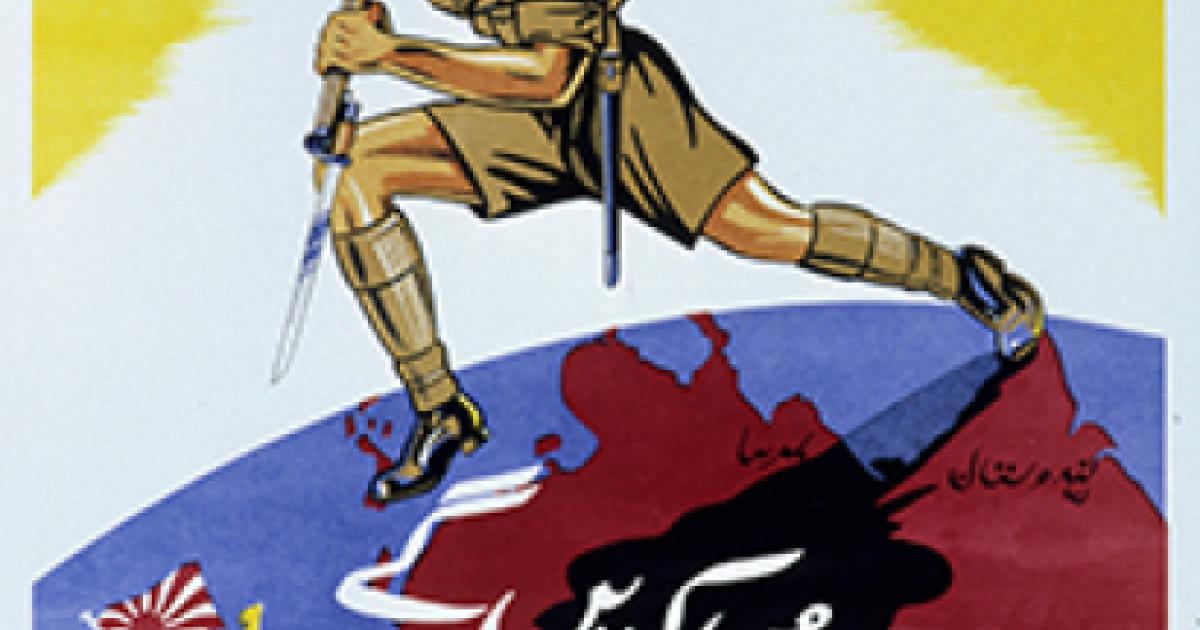- History
- Military
- World
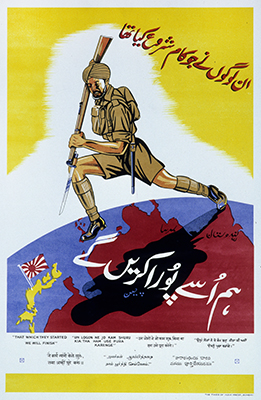
The shipyards of the Indo-Pacific region have been busy of late. Built at the Cochin shipyard in Kochi, India, the carrier INS Vikrant has embarked on sea trials. After its work up to fully operational status, the Vikrant will join the INS Vikramaditya, commissioned in 2013. The latter ship, originally a Kiev-class carrier/cruiser, was built in Russia and converted in the Sevmash shipyard for use by the Indian Navy. Meanwhile, neighboring China is building its third carrier to join the PLAN Liaoning, built on a Ukrainian hull and commissioned in 2012, and the PLAN Shandong, the first Chinese domestically built carrier, commissioned in 2019. Construction of the third carrier is ongoing at the Jiangnan shipyard in Shanghai, with a launch likely to occur early next year. Given the intensifying strategic competition between China and India, the question arises as to the potential for a future naval engagement between the two fleets in the Indian Ocean.
Compared to the Atlantic and Pacific Oceans—which have been the scenes of massive naval battles and submarine warfare campaigns since the dawn of trans-oceanic travel and especially in the 20th century—the Indian Ocean has been relatively peaceful. For nearly two millennia the ocean was part of the Maritime Silk Road connecting Asia, the Middle East, and Europe. As European merchants (first the Portuguese, followed by the Dutch, English, and French) began to trade in and then colonize the region, their strategic and economic rivalries extended into the Indian Ocean. The military revolution at sea provided European navies with the technological and organizational wherewithal to overwhelm local naval forces. From the mid-18th century onward, competition in the Indian Ocean was fiercest among Europeans. There were five battles between the French and British navies in the Indian Ocean in 1782-1783 during the American War for Independence. The completion of the Suez Canal in 1869 heightened the importance of maritime trade routes through the Indian Ocean.
The Indian Ocean was hardly peaceful during World War I, but Allied maritime control enabled convoys to traverse the ocean relatively unscathed. The Royal Navy sent forces through the Indian Ocean to bombard Dar es Salaam, capital of German East Africa, and to invade the Ottoman Empire at Basra. British convoys headed to East Africa were briefly threatened by the German cruiser SMS Königsberg, which sank the HMS Pegasus at Zanzibar before British cruisers bottled the ship up in the Rufiji River, where its crew eventually scuttled it. The German light cruiser SMS Emden sank or captured sixteen merchant ships before being sunk by HMAS Sydney. After the first year of the war, however, the Indian Ocean was largely a friendly lake to the Entente Powers.
The Indian Ocean was critical to Allied fortunes in World War II, for it served as a conduit for convoys and supplies traversing east to India and north to Egypt. German, Italian, and Japanese submarines operating in the area sank 385 Allied merchant ships, a not insignificant number but not enough to change the strategic destiny of the campaigns in Southeast Asia or the Middle East. British forces defeated the Italians and their allies in East Africa by November 1941, just in time to witness the Japanese enter the war in a big way. In a raid conducted from March 31 to April 10, 1942, a Japanese naval force built around five fleet carriers and four battleships raided British shipping and bases on the east coast of India and around Ceylon, sinking the light carrier HMS Hermes, two cruisers, two destroyers, and twenty-six other ships, and destroying more than forty aircraft. For a time, the British ceded control of the Indian Ocean to the Japanese, a situation thankfully reversed by the outcome of the Battle of Midway in June 1942, during which U.S. naval aviators sank four Japanese fleet carriers.
Could the Indian Ocean again become the scene of naval combat in the future? Possibly. The ocean is a major crossroads for maritime trade, especially energy resources. Roughly 40 per cent of the world’s oil supply travels through the Indian Ocean, on its way from the Middle East to India, China, Japan, and other Asian nations. Of the 7.8 billion people on the planet, 2 billion live in the Indian Ocean area. India is the crucial linchpin, thus its importance to U.S. military strategy going forward. The renaming of the major U.S. command in the area, now called the U.S. Indo-Pacific Command, reflects this reality. The creation of Indian and Chinese carrier battle groups is another reflection of the growing strategic importance of the Indian Ocean, a body of water that will be of major significance to the security of the United States and its allies in the 21st century and beyond.







